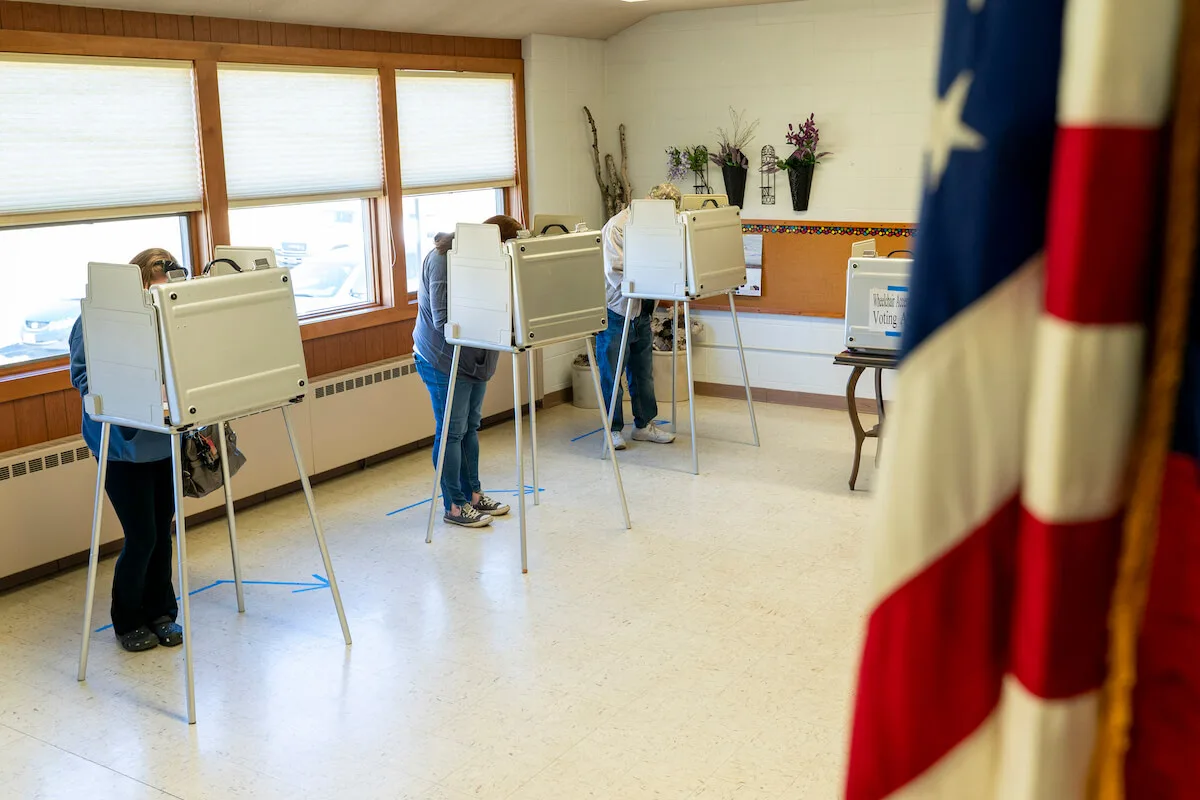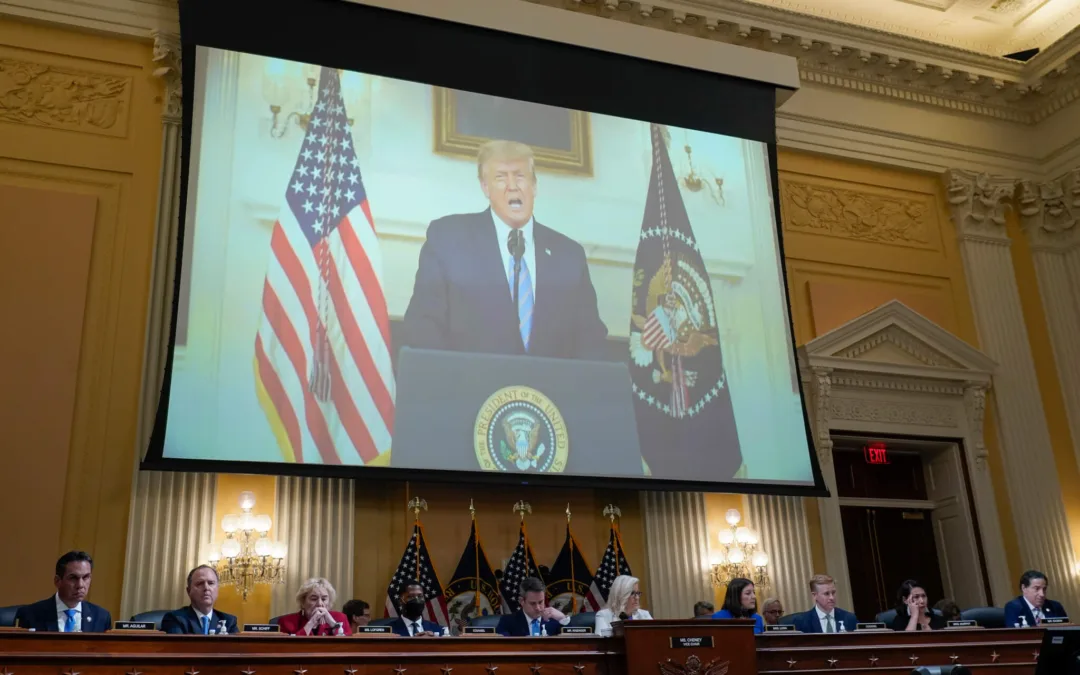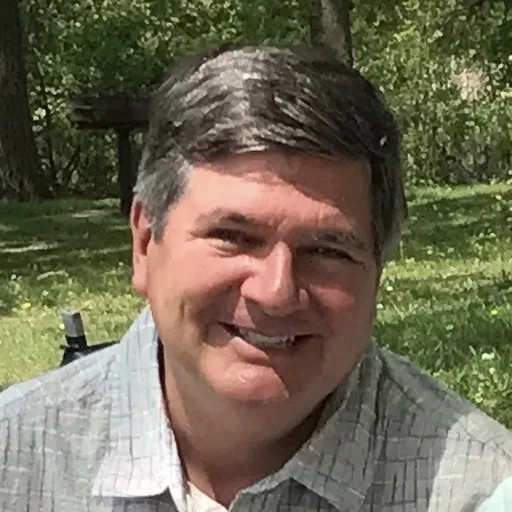
#image_title
#image_title
Two-year terms, four-year terms, six-year terms, and staggered terms can make it hard to know what to expect at any given general election.
If a civics quiz were given to all American voters, we can say with certainty that the highest number of respondents would know that US presidents serve four-year terms—up to two of them. But there is a wide variation in the terms of other offices across the country, including here in Wisconsin, so voters can be forgiven if they couldn’t score 100% on a test asking for every office up for grabs on Nov. 8, 2022.
Here is some background to help you navigate what is and what is not on the ballot this fall.
President – Nope. That’s why you might hear the word “midterms” used to describe this year’s races; we are in the middle of a presidential term. It’s actually an unfortunate description of the cycle because it implies those races are not as important, but many states—including Wisconsin—elect their governors during these presidential “midterm” years to their own four-year terms.
Governor – Yes, in Wisconsin and 35 other states. The others hold their gubernatorial elections at other times, ensuring there are races for governor every year, somewhere in the United States.
(Bonus point: Wisconsin elects its lieutenant governor candidate separately in the primary election, so a candidate for governor may not necessarily get the running mate of their choice when they are paired up on the November ballot.)
State officers – The state attorney general, treasurer, and secretary of state serve four-year terms and are up for election at the same time as the governor.
US Senate – Yes, this time, but not every time. US senators serve six-year terms. To stagger turnover, the Senate divided its members into three groups, so roughly one-third of the seats are up for election every two years. That means there will be years like 2022 when Wisconsin sees a US Senate race at the same time as a governor’s race. In 2024, Sen. Tammy Baldwin’s term will be up in tandem with a presidential election, while in 2026 there will be no scheduled senate race alongside the next gubernatorial election.
Wisconsin Senate – The upper house of the legislature has 33 seats with four-year terms, staggered so that approximately half the Senate is up for reelection every two years. In 2022, the odd-numbered districts are on the ballot. In 2024, senate races from even-numbered districts will be decided.
US House and Wisconsin Assembly – The lower house of both the legislature and Congress has the easiest cycle to remember: Every seat in both chambers is on the ballot every two years.
County partisan offices – The positions of county sheriff, coroner, and clerk of circuit court are on the ballot at the same time as gubernatorial elections, according to the Wisconsin state constitution; the offices of county clerk, district attorney, register of deeds, and county treasurer are elected in years with presidential elections.
All of these partisan offices in the November general election had their primary in August. (Another bonus point: The general election is always the Tuesday after the first Monday in November. The primary is held the first Tuesday in August, according to the Wisconsin Blue Book.)
Non-partisan offices – None. Wisconsin has a full range of non-partisan offices—ranging from the state level (Supreme Court justices, state superintendent of public instruction) to regional (appeals court judges) and local levels (county judges, county board members, school boards, town boards, city councils, and more). Non-partisan elections have their primary on the third Tuesday of February, and the general election is the first Tuesday in April.)
In short, democracy is a year-round job, and voting in every election is essential to making sure our government is representative at every level.
Politics

Biden administration bans noncompete clauses for workers
The Federal Trade Commission (FTC) voted on Tuesday to ban noncompete agreements—those pesky clauses that employers often force their workers to...

Opinion: Trump, GOP fail January 6 truth test
In this op-ed, Milwaukee resident Terry Hansen reflects on the events that took place on January 6, the response from Trump and other GOP members,...
Local News

Readers Poll: Top Bowling Alleys in Wisconsin
Looking for the best bowling in Wisconsin? Look no further! Our readers have spoken in our recent poll, and we have the inside scoop on the top...

8 Wisconsin restaurants Top Chef judges are raving about
Top Chef’s 21st season is all about Wisconsin, and on-screen, it’s already apparent that the judges feel right at home here. But, while filming in...





